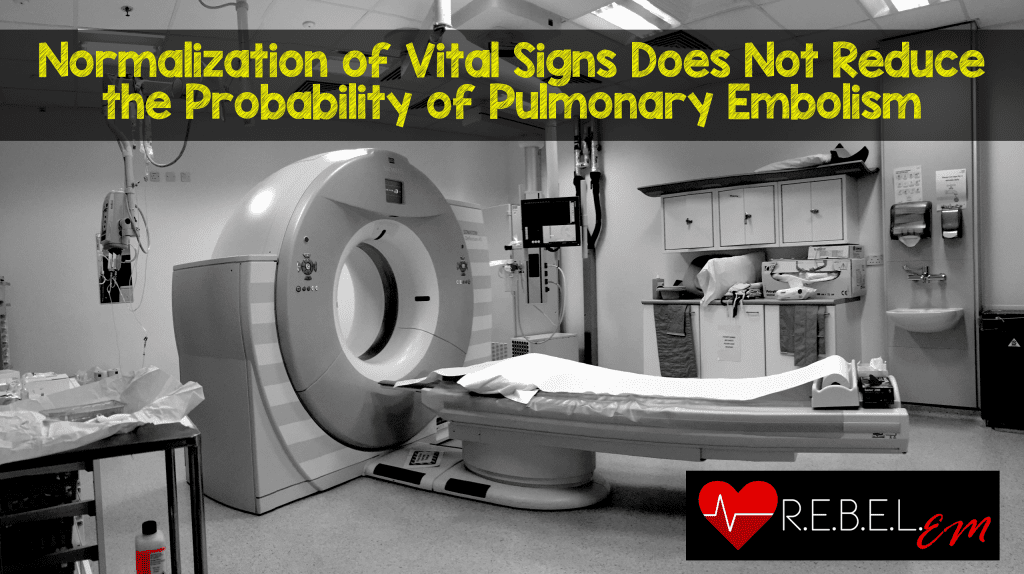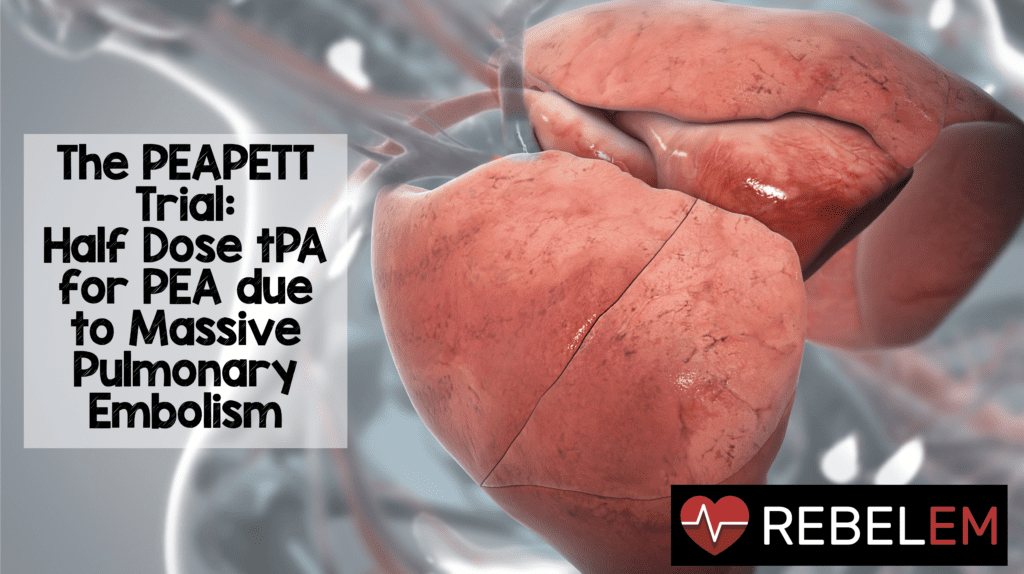Altitude Adjusted PERC Oxygen Saturation
The PERC rule has been a welcome addition to the emergency department evaluation of patients with chest pain or dyspnea suspected of pulmonary embolism. This has allowed a reduction in D-dimer testing in low risk patients. The traditional saturation cut-off of …








